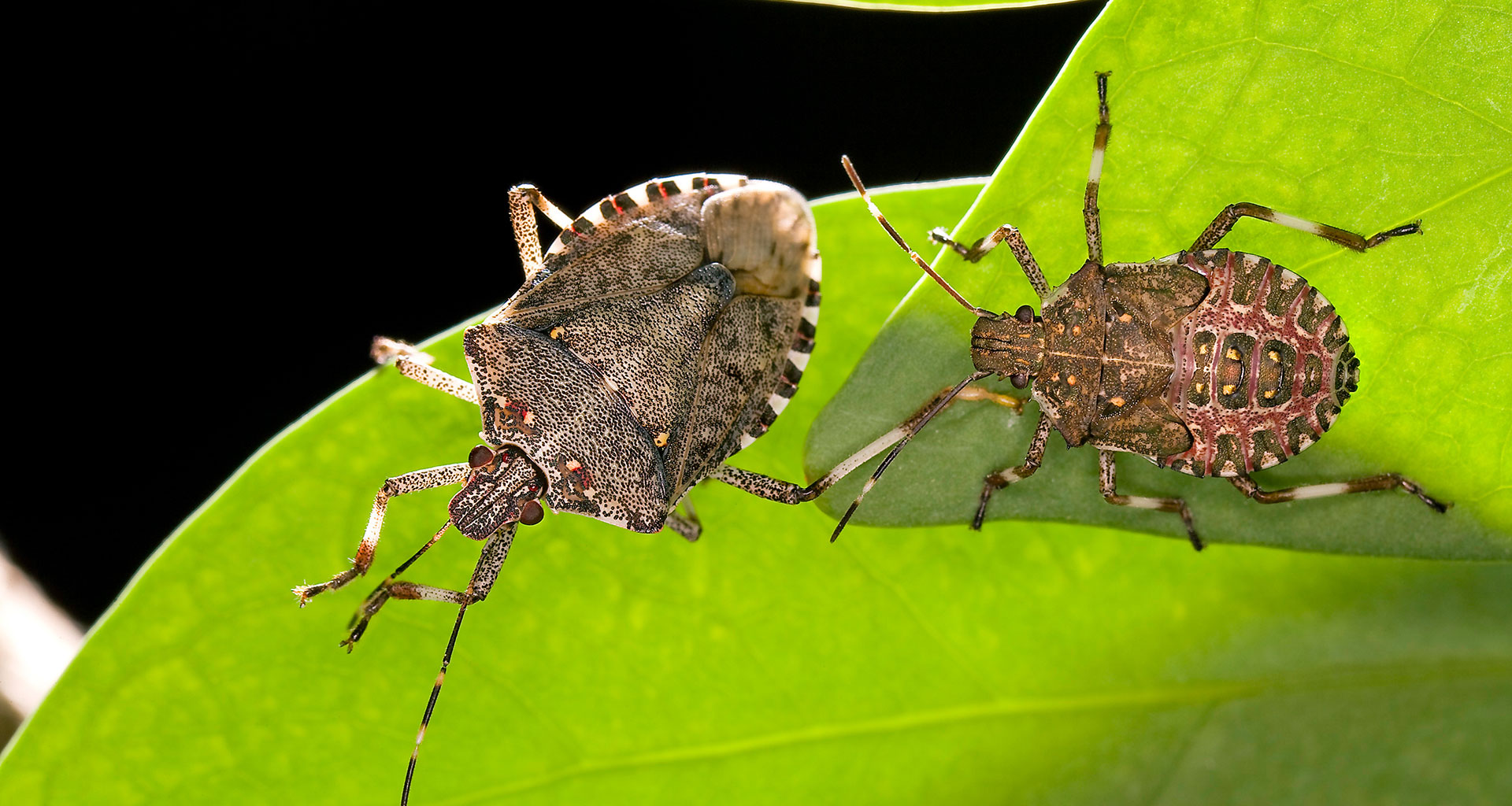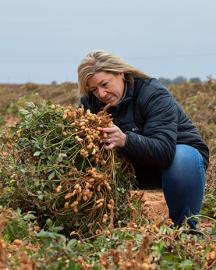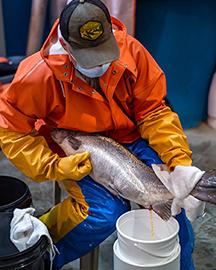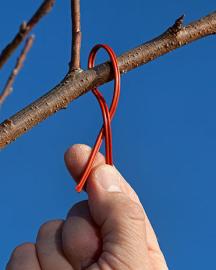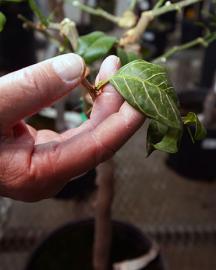Luring Stink Bugs to Their Doom
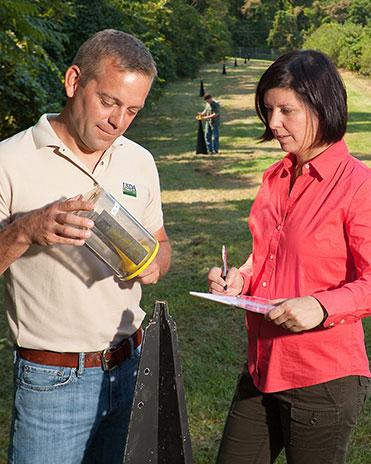
A team of ARS scientists from the Invasive Insect Biocontrol and Behavior Laboratory in Beltsville, MD, and the Appalachian Fruit Research Station in Kearneysville, WV, is looking into “attractive” ways to kill brown marmorated stink bugs (BMSB). As well as being household pests, these invasive bugs from Asia have a voracious appetite for fruit and vegetable crops and can cause significant destruction. In 2010, they caused $37 million in damage to apples alone because there are few, if any, natural enemies here to keep the pests under control.
The ARS team identified the BMSB pheromone and a “synergist,” which enhances attraction of the pheromone, and with university collaborators around the country, they developed lures that are now commercially available. The lures can be used with cropcompatible trap designs to measure BMSB presence, relative abundance, and seasonal activity. The biological information generated by these baited traps enables growers to better manage BMSB on their farms. These pheromone lures are also part of an attract-andkill system that ARS researchers at Kearneysville are developing. When paired with a BMSB host plant, like an apple tree, these lures attract and trap the bugs. This enables growers to treat only the baited trees rather than the entire orchard – reducing the area treated by over 90 percent.



